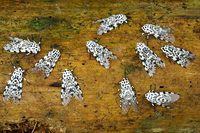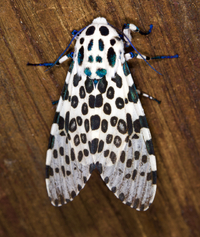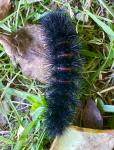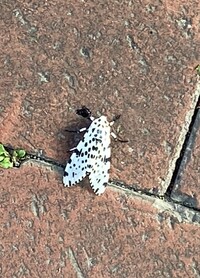
| Recorded by: Abel Davalos on 2025-09-18
Wilson Co.
Comment: | 
| Recorded by: R. Newman on 2025-08-27
Carteret Co.
Comment: |
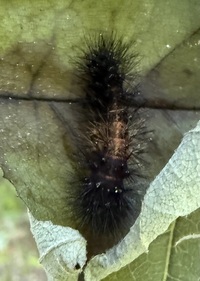
| Recorded by: Marilyn Westphal on 2025-08-25
Rutherford Co.
Comment: | 
| Recorded by: Mark Basinger on 2025-07-31
Wilson Co.
Comment: |

| Recorded by: Mark Basinger on 2025-07-28
Wilson Co.
Comment: | 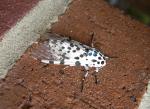
| Recorded by: R. Newman on 2025-07-27
Carteret Co.
Comment: |

| Recorded by: Mark Basinger on 2025-06-27
Buncombe Co.
Comment: | 
| Recorded by: Jim Petranka, Mark Basinger and Becky Elkin on 2025-06-25
Mitchell Co.
Comment: |
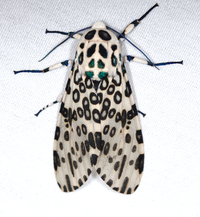
| Recorded by: Jim Petranka on 2025-06-13
Madison Co.
Comment: | 
| Recorded by: Russel James on 2025-05-31
Cumberland Co.
Comment: |

| Recorded by: Russel James on 2025-05-31
Cumberland Co.
Comment: | 
| Recorded by: Russel James on 2025-05-31
Cumberland Co.
Comment: |

| Recorded by: Douglas Johnson III on 2025-05-28
Moore Co.
Comment: | 
| Recorded by: Michael P. Morales on 2025-05-24
Cumberland Co.
Comment: |

| Recorded by: Mark Basinger on 2025-05-15
Brunswick Co.
Comment: | 
| Recorded by: R. Newman on 2025-04-30
Carteret Co.
Comment: |

| Recorded by: Emily Stanley on 2025-04-27
Buncombe Co.
Comment: | 
| Recorded by: Lenny Lampel on 2025-04-25
Mecklenburg Co.
Comment: |

| Recorded by: Lenny Lampel on 2025-04-25
Mecklenburg Co.
Comment: | 
| Recorded by: Mark Basinger on 2025-03-15
Brunswick Co.
Comment: |

| Recorded by: R. Newman on 2024-09-03
Carteret Co.
Comment: | 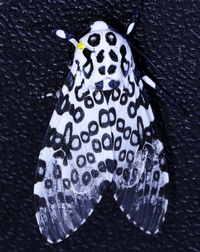
| Recorded by: John Petranka on 2024-07-11
Watauga Co.
Comment: |
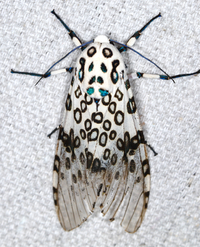
| Recorded by: Jim Petranka on 2024-07-10
Madison Co.
Comment: | 
| Recorded by: Elizabeth Tingley on 2024-07-09
Buncombe Co.
Comment: |
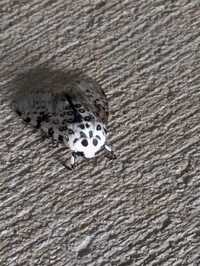
| Recorded by: Elizabeth Tingley on 2024-07-09
Buncombe Co.
Comment: | 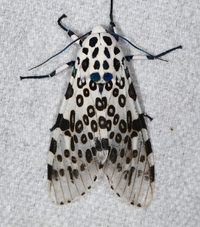
| Recorded by: Jim Petranka on 2024-07-07
Madison Co.
Comment: |
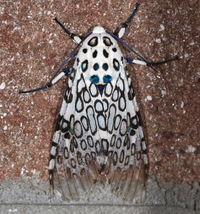
| Recorded by: Jim Petranka on 2024-06-29
Madison Co.
Comment: | 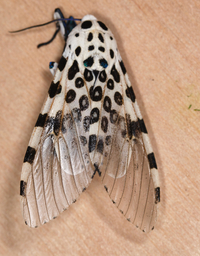
| Recorded by: Jim Petranka, Mark Basinger and Becky Elkin on 2024-06-25
McDowell Co.
Comment: |

| Recorded by: Mark Basinger on 2024-06-23
Yancey Co.
Comment: | 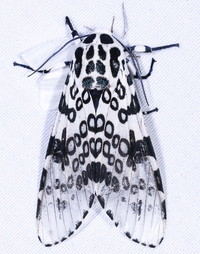
| Recorded by: John Petranka on 2024-06-20
Watauga Co.
Comment: |
|

 »
»